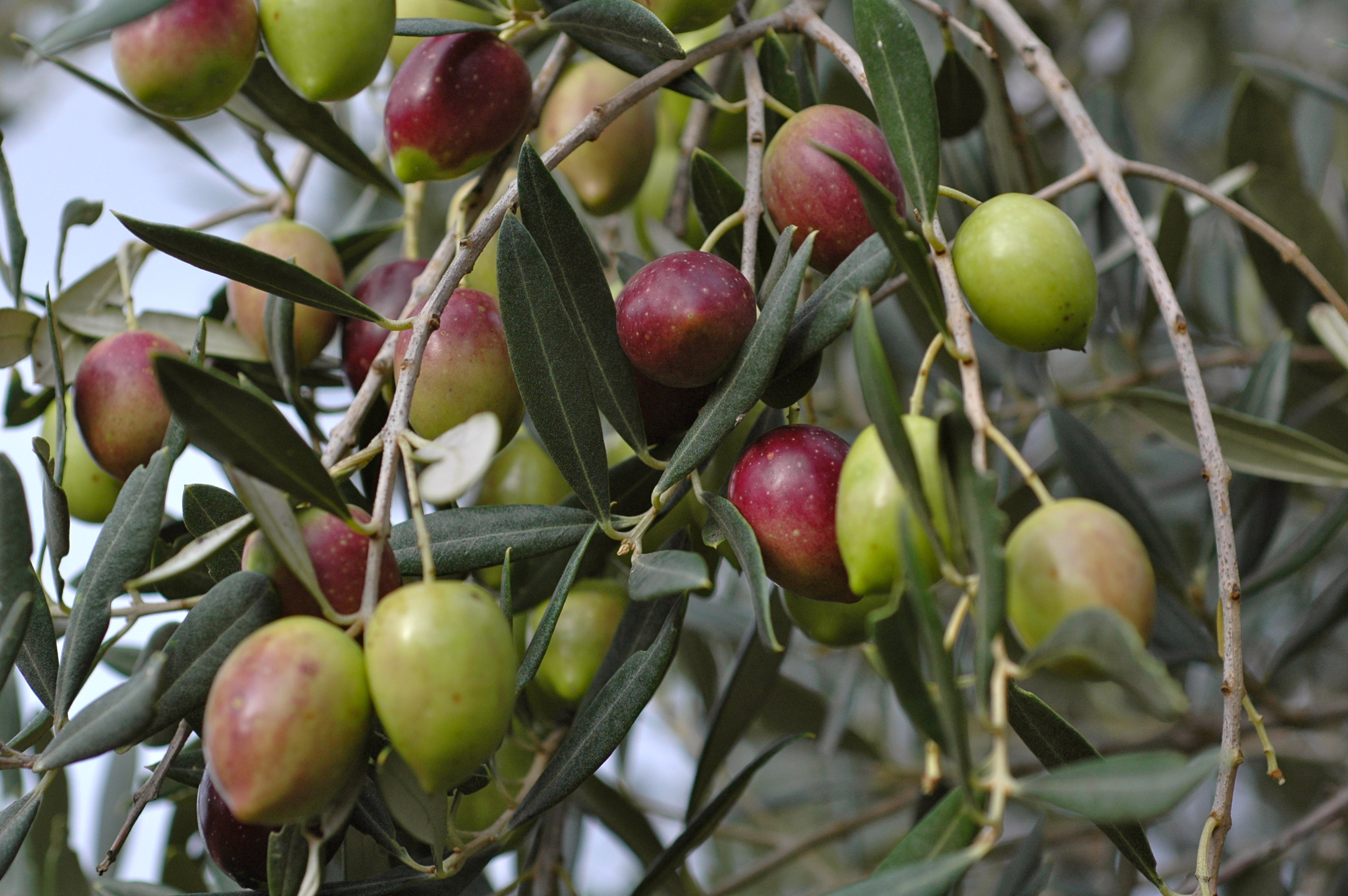Origin of the olive tree
Posted by Sjur Cappelen Papazian on April 19, 2016

According to Tunisian olive museum (Zaitounah Museum) the olive tree came to Palestine from Armenia after which it spread to the Mediterranean and North Africa. It is explained in the following news article from 2004.
It seems certain that the olive tree as we know it today had its origin approximately 6,000 -7,000 years ago in the region corresponding to ancient Persia and Mesopotamia (Boskou 1996). The olive plant later spread from these countries to nearby territories corresponding to present-day Syria, Lebanon, Israel and the Palestinian territories.
The edible olive seems to have coexisted with humans for about 5000 to 6000 years, going back to the early Bronze Age (3150 to 1200 BC). As far back as 3000 BC, olives were grown commercially in Crete; they may have been the source of the wealth of the Minoan civilization.
Its origin can be traced to areas along the eastern Mediterranean Coast in what are now southern Turkey, Syria, Lebanon, Palestine, and Israel based on written tablets, olive pits, and wood fragments found in ancient tombs. At least one cookbook writer has posited that the most ancient evidence of olive cultivation is found in Syria, Israel, and Crete.
The immediate ancestry of the cultivated olive is unknown. It is assumed that Olea europaea may have arisen from O. chrysophylla in northern tropical Africa and that it was introduced into the countries of the Mediterranean Basin via Egypt and then Crete or the Levant, Syria, Tunisia and Asia Minor.
Fossil Olea pollen has been found in Macedonia, Greece, and other places around the Mediterranean, indicating that this genus is an original element of the Mediterranean flora. Fossilized leaves of Olea were found in the palaeosols of the volcanic Greek island of Santorini (Thera) and were dated about 37,000 BP.
Imprints of larvae of olive whitefly Aleurolobus (Aleurodes) olivinus were found on the leaves. The same insect is commonly found today on olive leaves, showing that the plant-animal co-evolutionary relations have not changed since that time.


Leave a comment